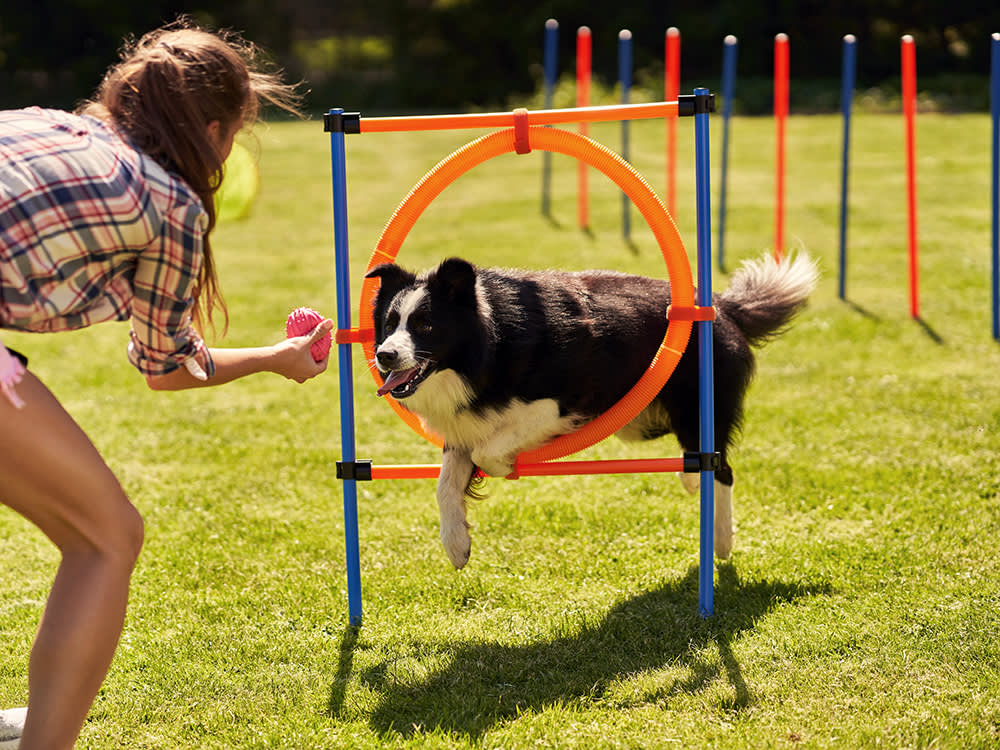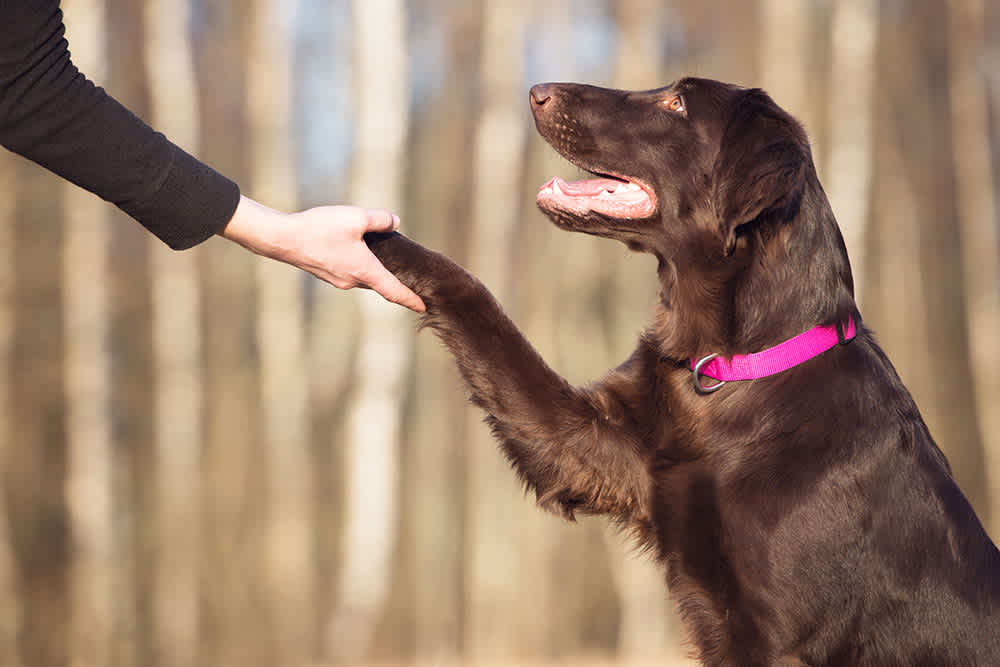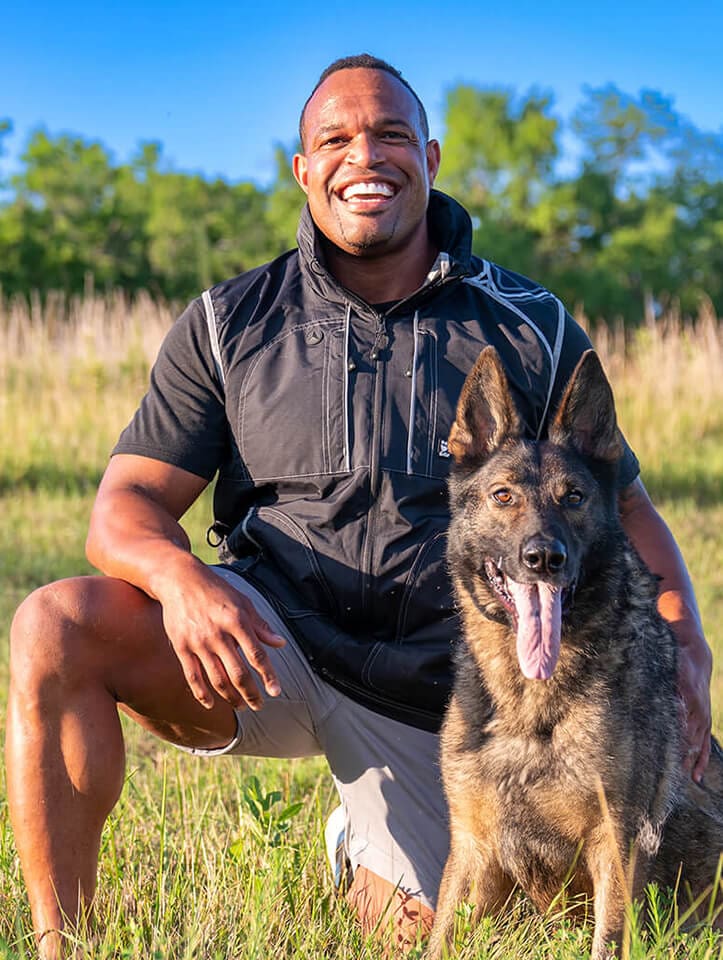Leading Pet Educating Techniques Every Proprietor Must Know

Favorable Support Strategies
Making use of favorable reinforcement strategies is necessary for effective pet training, as it cultivates a relying on bond between the canine and the instructor. This method focuses on gratifying desirable actions instead of penalizing unwanted ones, creating an environment favorable to discovering. Benefits can include deals with, praise, or play, which motivate canines to duplicate the actions that earn them these benefits.

Additionally, this approach improves the dog's interest for training sessions. They are much more involved and responsive when dogs link training with positive experiences. Dog training. Beyond prompt behavior adjustment, positive support encourages a joint relationship between the canine and fitness instructor, minimizing anxiousness and fear
To maximize effectiveness, it is vital to supply incentives quickly, making sure the pet attaches the actions with the reinforcement. Essentially, positive reinforcement methods not only generate better-trained dogs however likewise promote an unified collaboration between pet dog and owner.
Remote Control Training Method
The clicker training method is a highly efficient method that builds on the principles of favorable reinforcement by adding a distinct noise to mark preferred habits. This approach utilizes a small portable tool that generates a clicking audio, allowing trainers to interact with their pets in a clear and prompt fashion. When a dog does an actions that the proprietor wants to motivate, the clicker is triggered, adhered to by a benefit, typically in the form of deals with or appreciation.
The secret to effective remote control training depends on uniformity and timing. It is important to click at the exact moment the preferred habits occurs, guaranteeing that the canine associates the audio with the action and the succeeding reward. This method not only improves interaction however also cultivates a more powerful bond in between the owner and the dog, as it motivates interaction and communication throughout training sessions.
Clicker training can be used to a range of behaviors and commands, from standard obedience to a lot more complex methods. Its flexibility and efficiency make it a favored strategy among specialist fitness instructors and animal owners alike, leading the way for a receptive and well-trained canine friend.
Leash Training Essentials
Efficient chain training is vital for ensuring a pleasurable and risk-free strolling experience for both dogs and their owners. A flat collar might function for some pets, while others may benefit from a harness that lowers drawing.
Introduce your dog to the chain gradually, allowing them to explore it in a comfortable atmosphere. This includes satisfying your pet for strolling next to you instead than pulling in advance.
If your pet dog starts to pull, stop strolling quickly. In addition, method numerous strolling environments to aid your canine adjust to diversions.
Regular method will strengthen your pet's understanding of leash decorum. Remember that chain training is a recurring procedure; patience and uniformity will yield the very best results, cultivating a positive experience for both you and your canine friend.
Socializing Approaches
Socializing is a vital aspect of pet training that need to ideally start throughout puppyhood yet can be advantageous at any type of age. Reliable socialization aids canines develop confidence and minimizes the likelihood of behavior problems. To carry out effective socialization techniques, reveal your pet dog to try this out a variety of settings, people, and various other animals.
Beginning with controlled setups, such as puppy classes or organized playgroups, where young dogs can communicate safely. Gradually present your canine to brand-new experiences, including different sounds, surfaces, and activities. Guarantee these experiences are gratifying and positive to develop a complacency.
For adult pets or those doing not have exposure, start with low-stress situations. Short, positive communications with tranquil pet dogs and friendly people can create favorable organizations. Make use of treats and praise to strengthen preferable behaviors during these experiences.

Consistency and Patience
Identifying the relevance of consistency and patience in canine training is essential for achieving long lasting results. Inconsistent training can lead to confusion, making it hard for the canine to comprehend habits or imp source commands, inevitably preventing progression.
Pets, like human beings, find out at their own rate. This fosters a trusting connection between the dog and proprietor, encouraging an extra ready and passionate learner.
To grow consistency and perseverance, establish a normal training routine, use the exact same commands, and guarantee that all household members apply the exact same training concepts - Dog training. By doing so, you produce a stable environment helpful to discovering, permitting your canine to thrive and establish into a well-behaved companion
Conclusion
To conclude, visit this website effective canine training methods, such as positive support, clicker training, and proper leash training, are important for promoting a healthy and balanced owner-dog relationship. In addition, implementing socializing methods and keeping consistency and patience throughout the training procedure contributes considerably to a pet dog's general wellness. By incorporating these techniques, canine proprietors can assist in the advancement of well-adjusted, obedient pet dogs, eventually enhancing the lifestyle for both the proprietor and the canine.
Amongst the most popular techniques are favorable support, clicker training, and chain training, each offering distinct advantages that add to a mannerly dog. As we explore these basic approaches, it ends up being noticeable that grasping their subtleties can considerably impact the training experience and the pet's overall habits.Utilizing positive support methods is crucial for effective pet dog training, as it promotes a relying on bond in between the canine and the instructor.In conclusion, reliable pet training methods, such as positive support, remote control training, and proper leash training, are crucial for fostering a healthy and balanced owner-dog relationship. By integrating these techniques, pet proprietors can help with the advancement of well-adjusted, loyal pet dogs, ultimately improving the high quality of life for both the owner and the pet dog.